New York City has expanded its use of drones at Rockaway Beach, now deploying them to drop lifesaving flotation devices to swimmers in distress, building on years of surveillance for sharks and riptides. This initiative promises quicker interventions in dangerous waters, as demonstrated in recent tests, reports the New Yorker.
Drone Payload and Deployment Mechanics
The drones carry specialized rescue devices known as restubes, compact six-inch-long tubes that resemble travel umbrellas. These inflate into foot-long, log-shaped flotation aids upon water contact. Firefighter John Wakie, who pilots the drones, explained the precision required.
“Usually, I try to drop the restubes within arm’s reach of the swimmer,” Wakie said. “But my goal today is to drop them on your head. If they’re too far away from you, you’re not going to be able to grab them. So for the sake of this drill I won’t drop until I see you look downward, so they don’t hit you on your face.”
Each drone, a two-foot-wide model with four propellers, hovers about 15 feet above the target before releasing the payload. In a test scenario, the device reached a simulated distressed swimmer in just 90 seconds, showcasing rapid response times. This technology integrates with all-terrain vehicles that transport drone pilots and rescue swimmers, ensuring a coordinated effort along the beach.

Agency Collaboration and Operational Setup
Four city agencies, including the Fire Department of New York (F.D.N.Y.), collaborate on this program. The F.D.N.Y.’s robotics division handles drone operations. Two all-terrain vehicles patrol a stretch of the Rockaways this summer, each equipped to support lifeguards during high-risk conditions like four-foot waves and strong undertows.
Mayor Eric Adams highlighted potential features at a spring press conference, suggesting drones could communicate via loudspeakers. He mused about providing the audio himself “because I have a calming voice.” While not yet implemented, this raises questions about enhancing swimmer reassurance during rescues.
Real-World Implications for Beach Safety
Drones have monitored Rockaway Beach for sharks and riptides over the past three years. Now, their role in delivering aid addresses immediate threats, such as rip currents that can drag swimmers out to sea. In one instance during testing, lifeguards rescued three people caught in a rip current near the drill site.
“Lifeguards just pulled three people out of the water on the other side of that jetty,” F.D.N.Y. lieutenant William Pitta said. “They got stuck in a rip current and got dragged out.”
This development improves operational efficiencies by bridging the gap until human rescuers arrive. A rescue swimmer, for example, directed a test participant to switch from the drone-dropped restubes to a larger buoy: “Let go of those and hold on to this!” The swimmer then escorted the individual back to shore, demonstrating how drones complement traditional methods.
Beachgoers reacted positively to the innovation. One swimmer exclaimed, “Praise technology!” upon learning about the drones.
However, not everyone swims regularly; a middle-aged man noted, “I don’t really swim, so it doesn’t affect me.” He added, “But I’m still waiting for a delivery from Amazon,” highlighting varied public perceptions.
Future Trends in Drone-Assisted Rescues
This initiative reflects broader industry trends where drones evolve from observation tools to active intervention devices in public safety. By reducing response times in cold waters—around 57 degrees Fahrenheit (about 14 degrees Celsius)—and challenging surf, these systems could lower drowning risks. No signage yet informs visitors, but word-of-mouth may increase awareness.
Building on that, regulatory shifts might follow as cities adopt similar tech. New York’s program sets a precedent for coastal areas worldwide, balancing innovation with safety protocols like mandatory flotation vests during tests. As drone capabilities advance, expect more integrations, such as voice communication, to enhance user advantages without overwhelming existing lifeguard roles.
Overall, this step forward in drone applications offers tangible benefits for recreational beach users and professionals alike, fostering safer ocean environments through precise, tech-driven support.
You can read more stories about drones for good here on DroneXL.
Discover more from DroneXL.co
Subscribe to get the latest posts sent to your email.

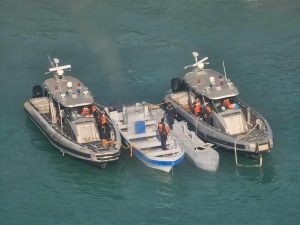
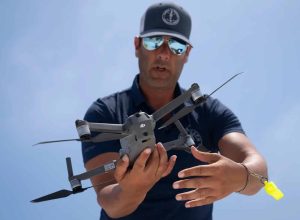

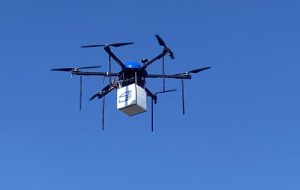

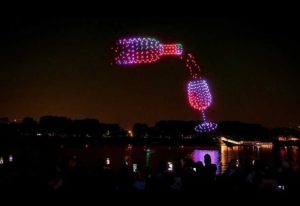
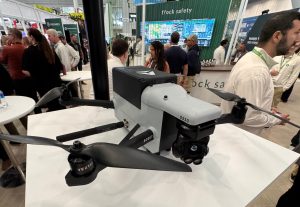



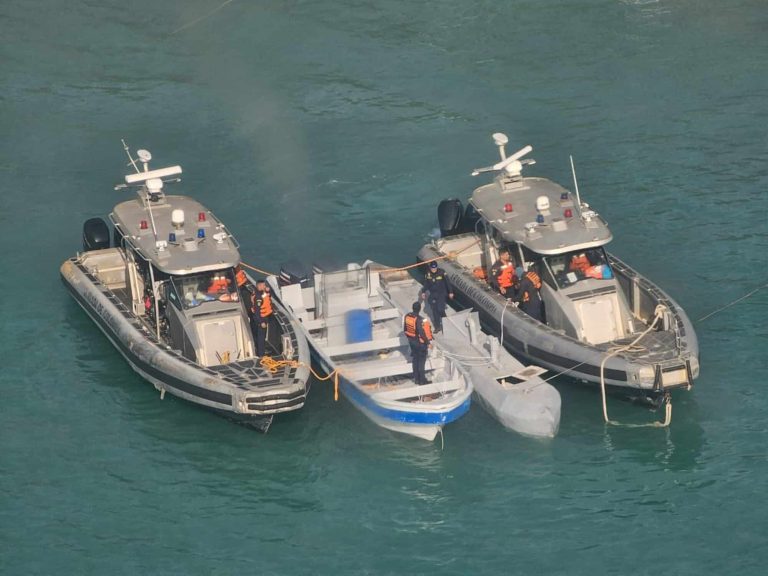

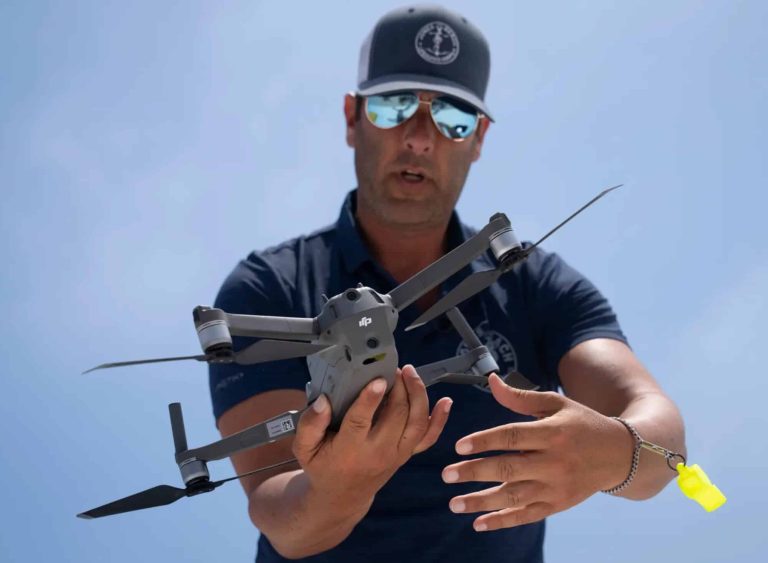
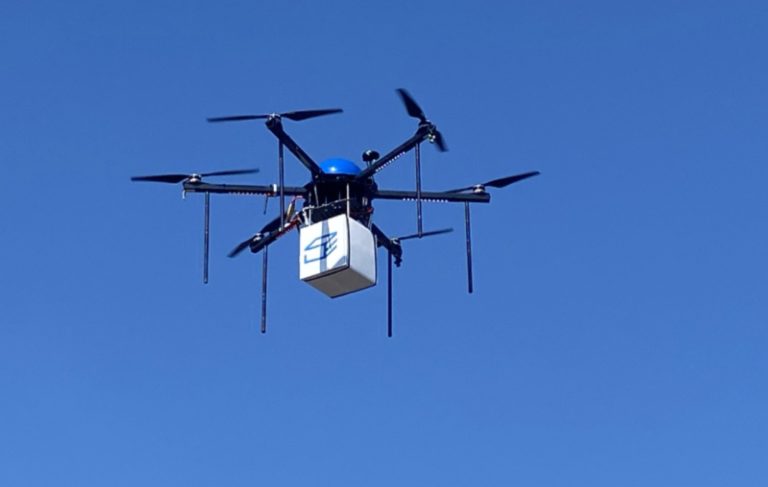

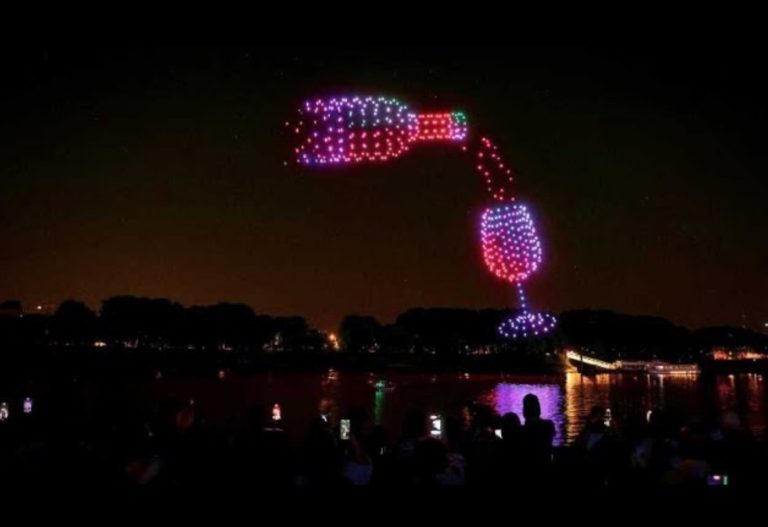
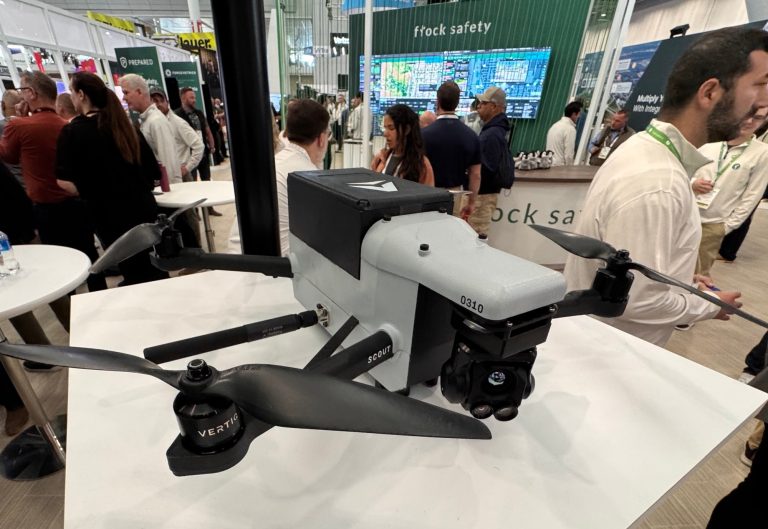
+ There are no comments
Add yours